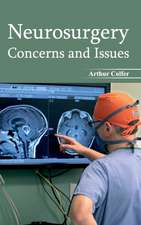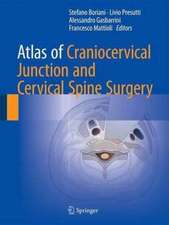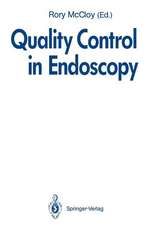The Craniosynostoses: Causes, Natural History, and Management
Autor David J. David Ilustrat de D. Cain Autor D. Poswillo, D. Simpsonen Limba Engleză Paperback – 8 noi 2011
Preț: 784.28 lei
Preț vechi: 825.55 lei
-5% Nou
Puncte Express: 1176
Preț estimativ în valută:
150.08€ • 160.48$ • 125.13£
150.08€ • 160.48$ • 125.13£
Carte tipărită la comandă
Livrare economică 17 aprilie-01 mai
Preluare comenzi: 021 569.72.76
Specificații
ISBN-13: 9781447113256
ISBN-10: 144711325X
Pagini: 348
Ilustrații: X, 334 p.
Dimensiuni: 170 x 244 x 18 mm
Greutate: 0.55 kg
Ediția:Softcover reprint of the original 1st ed. 1982
Editura: SPRINGER LONDON
Colecția Springer
Locul publicării:London, United Kingdom
ISBN-10: 144711325X
Pagini: 348
Ilustrații: X, 334 p.
Dimensiuni: 170 x 244 x 18 mm
Greutate: 0.55 kg
Ediția:Softcover reprint of the original 1st ed. 1982
Editura: SPRINGER LONDON
Colecția Springer
Locul publicării:London, United Kingdom
Public țintă
ResearchCuprins
I Causes and Effects.- 1 The Concept of Craniosynostosis and the Evolution of Craniofacial Surgery.- 2 The Growth of the Skull and the Role of the Sutures.- 3 Aetiology and Pathogenesis.- 4 Pathology.- 5 Incidence.- II Symptoms and Strategies.- 6 Symptomatology.- 7 Principles of Investigation.- 8 Principles of Treatment.- III Simple Calvarial Deformities.- 9 Classification.- 10 Scaphocephaly.- 11 Trigonocephaly.- 12 Turricephaly.- 13 Plagiocephaly.- 14 Oxycephaly and Related Conditions.- IV Complex Craniofacial Deformities.- 15 Craniofacial Syndromes.- 16 Surgical Management.- 17 Results and Complications.- 18 Psychosocial Aspects of Craniofacial Surgery.- Appendices.- A: Organisation of a Craniofacial Unit.- B: Syndromes Associated with Craniosynostosis.- References.


















